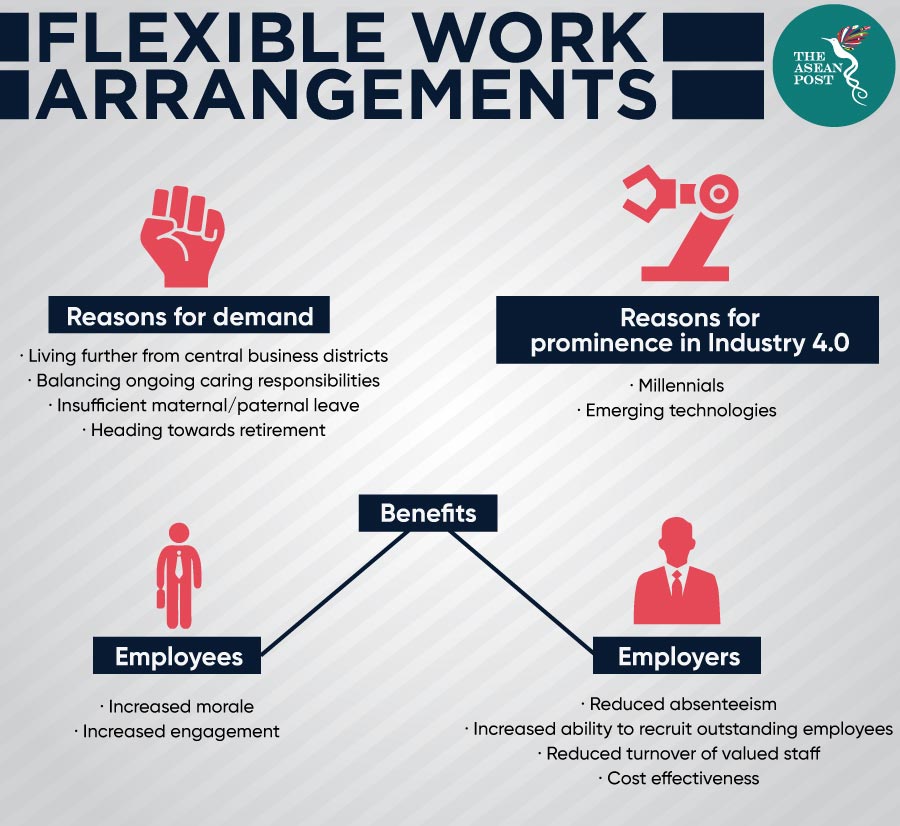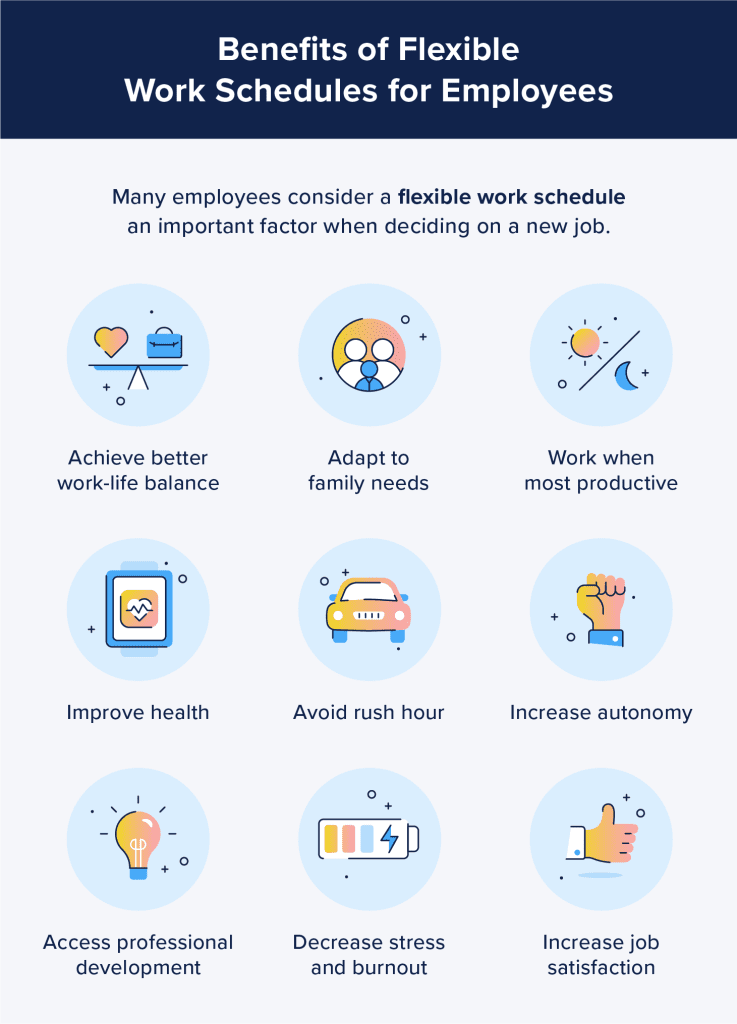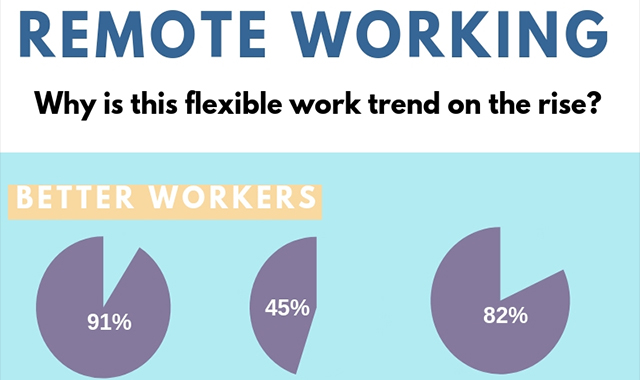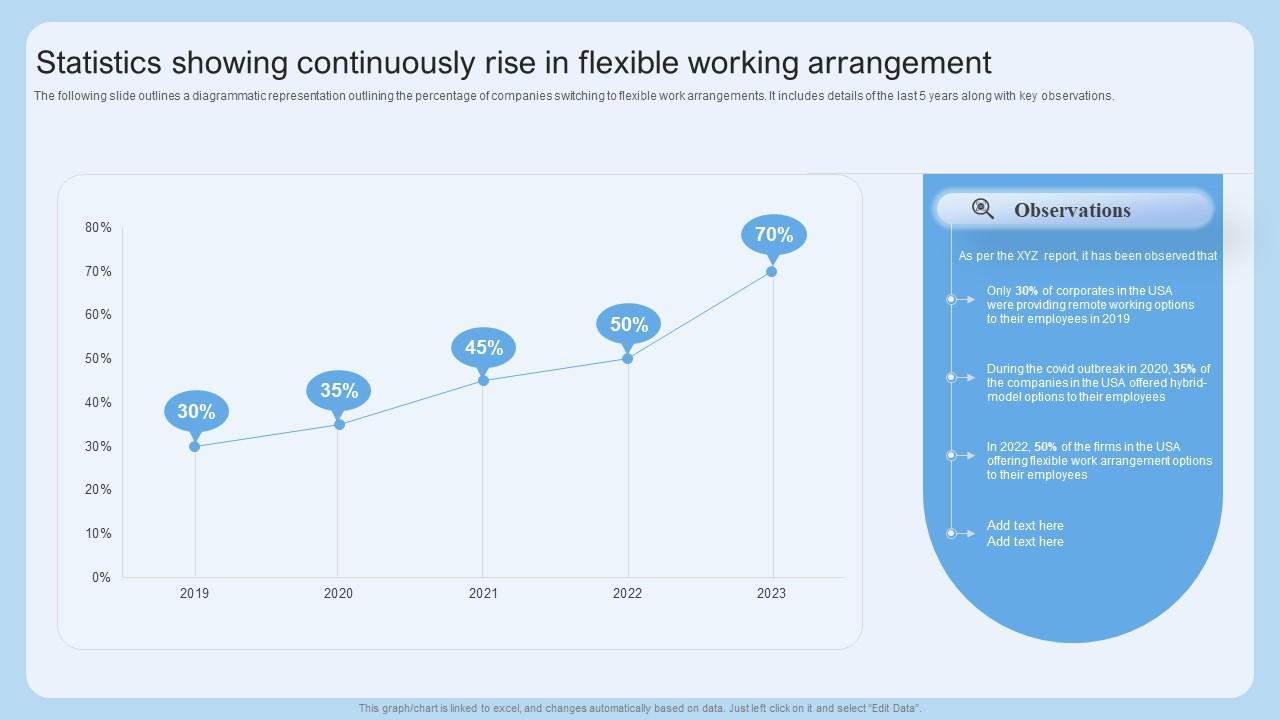The Rise of Flexible Work: Exploring Jobs with Reduced Shift Lengths
Related Articles: The Rise of Flexible Work: Exploring Jobs with Reduced Shift Lengths
Introduction
With great pleasure, we will explore the intriguing topic related to The Rise of Flexible Work: Exploring Jobs with Reduced Shift Lengths. Let’s weave interesting information and offer fresh perspectives to the readers.
Table of Content
The Rise of Flexible Work: Exploring Jobs with Reduced Shift Lengths

In the contemporary landscape of employment, the traditional notion of a nine-to-five workday is gradually giving way to a more flexible and adaptable approach. This shift is driven by a confluence of factors, including the evolving needs of workers, technological advancements, and a growing recognition of the value of work-life balance. Among the emerging trends in flexible work arrangements, jobs offering reduced shift lengths, particularly those with four-hour shifts, have gained significant traction.
This article delves into the world of jobs with reduced shift lengths, exploring their diverse forms, benefits, and potential challenges. By examining specific examples across various industries, we aim to provide a comprehensive understanding of this burgeoning employment landscape.
Understanding the Appeal of Reduced Shift Lengths
The appeal of jobs with reduced shift lengths is multifaceted. For individuals seeking a greater degree of flexibility in their work schedules, these positions offer a compelling alternative to traditional full-time employment. The ability to work fewer hours allows employees to pursue other interests, manage personal commitments, and maintain a healthier work-life balance.
Moreover, reduced shift lengths can be particularly beneficial for individuals with specific personal circumstances, such as those with childcare responsibilities, health concerns, or a desire for a less demanding work schedule. These positions can also serve as a stepping stone for individuals seeking to re-enter the workforce after a break or those transitioning between careers.
Exploring the Diverse Landscape of Four-Hour Shift Jobs
Jobs offering four-hour shifts are not confined to a single industry or occupation. They are increasingly prevalent across a wide range of sectors, reflecting the growing demand for flexible work arrangements. Some common examples include:
-
Retail and Customer Service: Retail stores, restaurants, and customer service call centers often employ individuals for four-hour shifts, particularly during peak hours or specific days of the week. These roles typically involve assisting customers, processing transactions, and maintaining a clean and organized environment.
-
Healthcare: The healthcare industry, with its round-the-clock operations, frequently employs individuals for four-hour shifts. These roles can include nursing assistants, patient care technicians, and administrative staff. These positions often require specialized training and certification.
-
Transportation and Logistics: Transportation and logistics companies, such as delivery services and ride-sharing platforms, often offer flexible work arrangements, including four-hour shifts. These roles typically involve driving, delivering packages, or transporting passengers.
-
Education and Childcare: Schools, daycare centers, and after-school programs often employ individuals for four-hour shifts, particularly for tasks such as teaching, assisting children, and maintaining a safe and nurturing environment.
-
Administrative and Clerical Support: Businesses of all sizes often require administrative and clerical support, and these roles can be structured around four-hour shifts. Responsibilities may include data entry, filing, answering phones, and scheduling appointments.
The Benefits of Reduced Shift Lengths for Employers
While the benefits of reduced shift lengths for employees are clear, these arrangements also offer advantages for employers:
-
Increased Flexibility and Adaptability: Jobs with reduced shift lengths allow employers to create flexible work schedules that can adapt to the fluctuating demands of their business. This flexibility can be particularly valuable for industries with seasonal fluctuations or peak periods.
-
Enhanced Employee Retention: Offering flexible work arrangements, including reduced shift lengths, can contribute to a more satisfied and engaged workforce, potentially leading to lower turnover rates.
-
Access to a Wider Talent Pool: By offering flexible work arrangements, employers can attract a wider pool of qualified candidates, including individuals who may not be able to commit to traditional full-time hours.
-
Reduced Labor Costs: In some cases, employing individuals for reduced shift lengths can be more cost-effective than hiring full-time employees, particularly for tasks that do not require full-time commitment.
Potential Challenges and Considerations
While jobs with reduced shift lengths offer numerous benefits, it is important to acknowledge potential challenges:
-
Scheduling and Coordination: Managing schedules for employees working reduced shift lengths can be more complex than managing schedules for full-time employees. Employers need to ensure adequate staffing levels and coordinate shifts effectively to meet business needs.
-
Potential for Reduced Productivity: Some employers may be concerned that employees working reduced shift lengths may be less productive than full-time employees. However, this concern is often mitigated by the increased engagement and motivation that can result from flexible work arrangements.
-
Potential for Fragmentation of the Workforce: Employing a large number of individuals for reduced shift lengths can lead to a more fragmented workforce, potentially impacting communication and collaboration. Employers need to implement strategies to foster a sense of community and shared purpose among employees working different schedules.
FAQs about Jobs with Reduced Shift Lengths
Q: Are jobs with reduced shift lengths a new trend?
A: While the concept of flexible work arrangements is not entirely new, jobs with reduced shift lengths have become increasingly common in recent years. This trend is driven by a confluence of factors, including the growing demand for work-life balance, the rise of the gig economy, and technological advancements that enable remote work.
Q: What are the most common industries that offer jobs with reduced shift lengths?
A: Jobs with reduced shift lengths are prevalent across a wide range of industries, including retail, healthcare, transportation and logistics, education, and administrative support. These industries often require flexible staffing models to meet fluctuating demands or provide services around the clock.
Q: What are the qualifications required for jobs with reduced shift lengths?
A: The qualifications required for jobs with reduced shift lengths vary depending on the specific role and industry. However, most positions typically require basic skills such as communication, problem-solving, and teamwork. Some roles may also require specialized training or certification.
Q: Are jobs with reduced shift lengths typically part-time or full-time positions?
A: Jobs with reduced shift lengths can be either part-time or full-time positions, depending on the number of hours worked per week. For example, an individual working two four-hour shifts per day would be considered a full-time employee, while an individual working one four-hour shift per day would be considered a part-time employee.
Q: What are the benefits of working reduced shift lengths?
A: The benefits of working reduced shift lengths include increased flexibility, improved work-life balance, the ability to pursue other interests, and a less demanding work schedule. These arrangements can also be beneficial for individuals with specific personal circumstances, such as childcare responsibilities, health concerns, or a desire for a more manageable work schedule.
Q: What are the potential drawbacks of working reduced shift lengths?
A: The potential drawbacks of working reduced shift lengths include a lower overall income, a less stable work schedule, and the potential for fewer benefits compared to full-time employees. Some employers may also offer limited career advancement opportunities for employees working reduced shift lengths.
Tips for Finding Jobs with Reduced Shift Lengths
-
Search for "flexible work" or "part-time" positions: When searching for jobs online, use keywords such as "flexible work," "part-time," or "reduced shift lengths" to filter your search results.
-
Network with individuals in your field: Reach out to individuals in your field and inquire about opportunities for flexible work arrangements, including jobs with reduced shift lengths.
-
Consider freelance work or the gig economy: Freelance work and the gig economy offer a high degree of flexibility and can be a viable option for individuals seeking jobs with reduced shift lengths.
-
Be open to a variety of industries: Jobs with reduced shift lengths are not confined to a single industry. Explore opportunities across a range of sectors to find a position that aligns with your skills and interests.
-
Highlight your flexibility and adaptability: When applying for jobs, emphasize your flexibility and adaptability in your resume and cover letter. Explain how your ability to work reduced shift lengths can benefit the employer.
Conclusion
The increasing prevalence of jobs with reduced shift lengths reflects a significant shift in the landscape of employment. These arrangements offer a compelling alternative to traditional full-time positions, providing individuals with greater flexibility, work-life balance, and the opportunity to pursue other interests. While potential challenges exist, the benefits of reduced shift lengths for both employees and employers are undeniable. As the demand for flexible work arrangements continues to grow, jobs with reduced shift lengths are likely to become even more common, offering a wider range of opportunities for individuals seeking a more fulfilling and balanced work life.








Closure
Thus, we hope this article has provided valuable insights into The Rise of Flexible Work: Exploring Jobs with Reduced Shift Lengths. We appreciate your attention to our article. See you in our next article!
